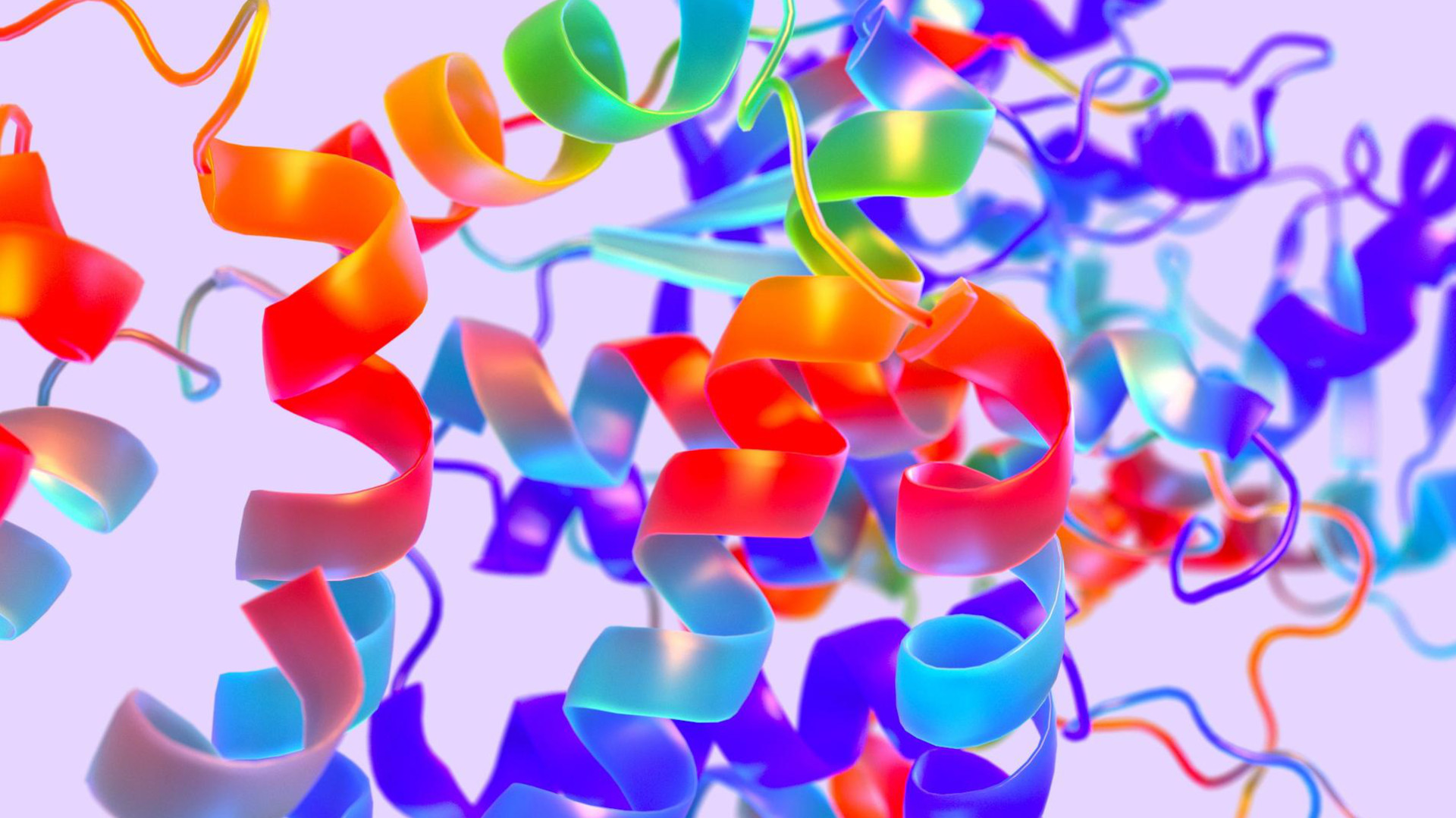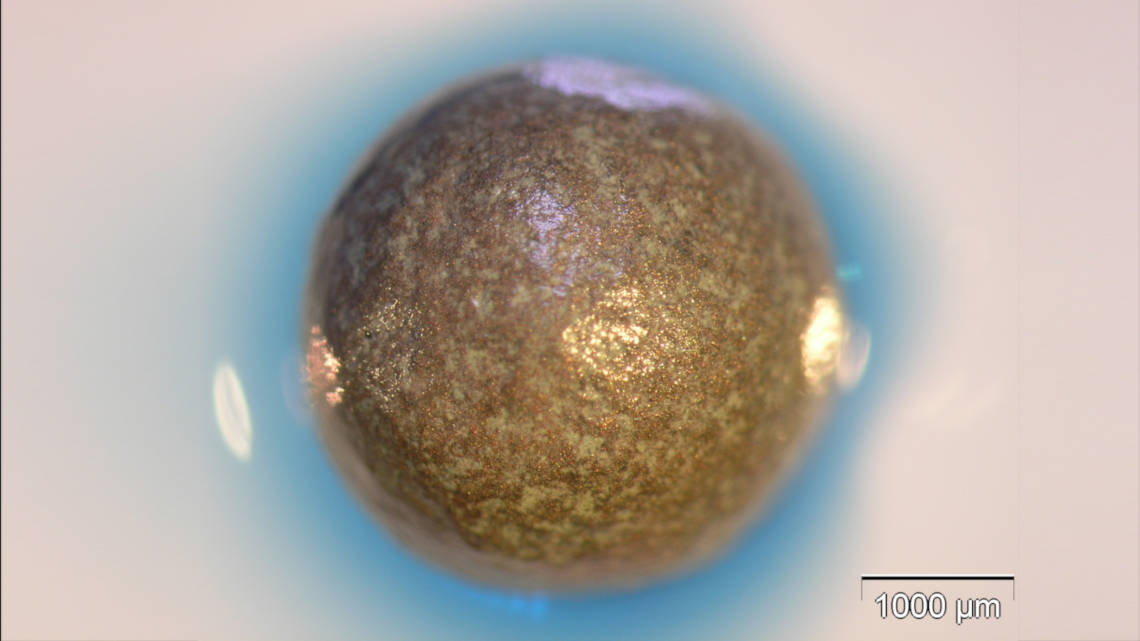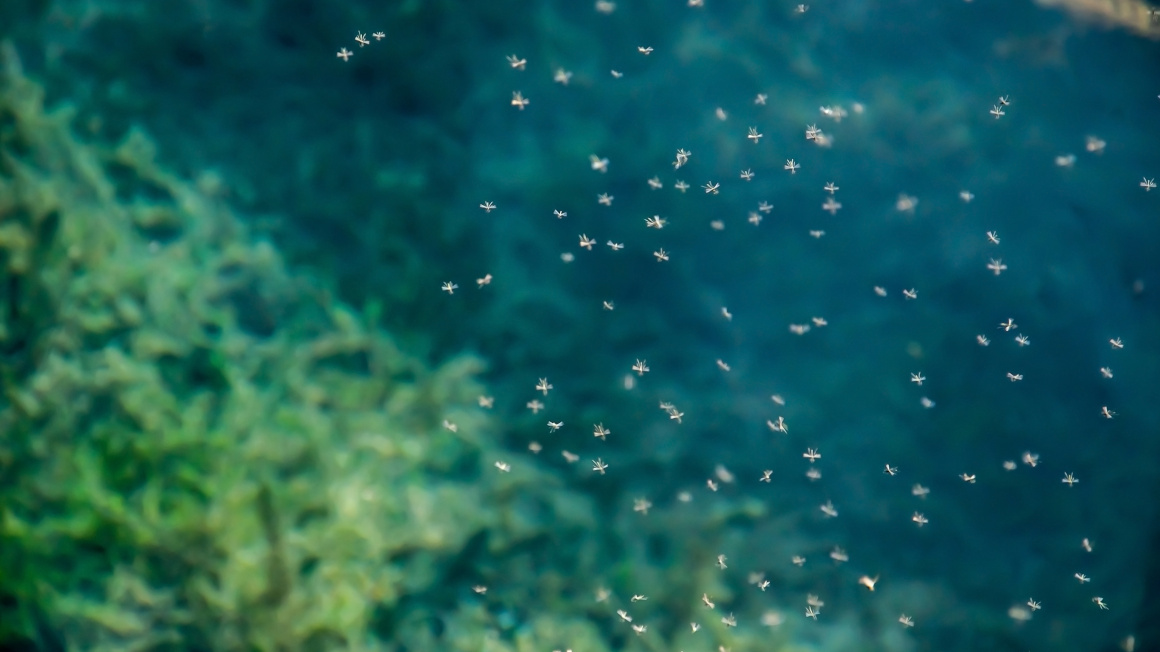
Mosquitoes of the genus Aedes and cockroaches pose a significant health risk worldwide. However, controlling them with chemicals is problematic due to environmental consequences, the development of resistance, the decline in biodiversity, and the proximity of their habitat to humans, which limits the use of insecticides. The ‘Fungi 4 VectorControl’ project therefore aimed to develop effective biological alternatives based on insect-pathogenic fungi. The project sought to combine genetics, biotests and fermentation technologies to develop new approaches to controlling mosquitoes and cockroaches, with advances in both basic research and the development of initial prototypes. The focus was on the situation in Argentina.
The ‘Fungi 4 VectorControl’ project was funded by the Federal Ministry of Education and Research with €340,000 from 2021 to the end of 2024 as part of the ‘Bioeconomy International 2020’ funding initiative.
Control situation in Argentina
According to Andreas Leclerque, microbiologist and research group leader at Darmstadt Technical University, there have been few attempts to control mosquitoes biologically to date. In a joint project with Argentine research teams that have been working in this field for over 20 years, fungi such as Metarhizium and Leptolegnia from the local ecosystem were therefore investigated. ‘The Argentines have been studying these fungi for a long time. At the moment, this is the most promising option for controlling mosquitoes biologically,’ says Leclerque. In previous research, mosquito and cockroach pathogens, i.e. pathogens that specifically attack and kill insects, were found in the two aforementioned fungal genera. This was confirmed in the course of the project.
The German team contributed its genetic and biological expertise to the project in order to identify suitable fungal strains by combining various methods, such as genetics and biotests. In particular, the Darmstadt researchers developed genetic diagnostic methods that can be used to quickly and accurately identify the fungi mentioned above in environmental samples. This is important for isolating new fungal strains from the environment and tracking the whereabouts or spread of biocides released into the ecosystem.
Requirements for a successful biocide
According to Leclerque, three factors are crucial for developing a biocide from a fungal strain: Firstly, high virulence for the target pest, i.e. the fungus must efficiently infect and kill mosquito larvae and cockroaches. It is also important that the effect is specific so that other insects – such as beneficial insects like bees – are not infected. And the third factor is a variety of characteristics that enable the technical development of the biocide. These include reproduction, growth, spore formation, spore germination, spore lifespan, manageability and storability. The fungal strains Metarhizium and Leptolegnia exhibit these three factors.
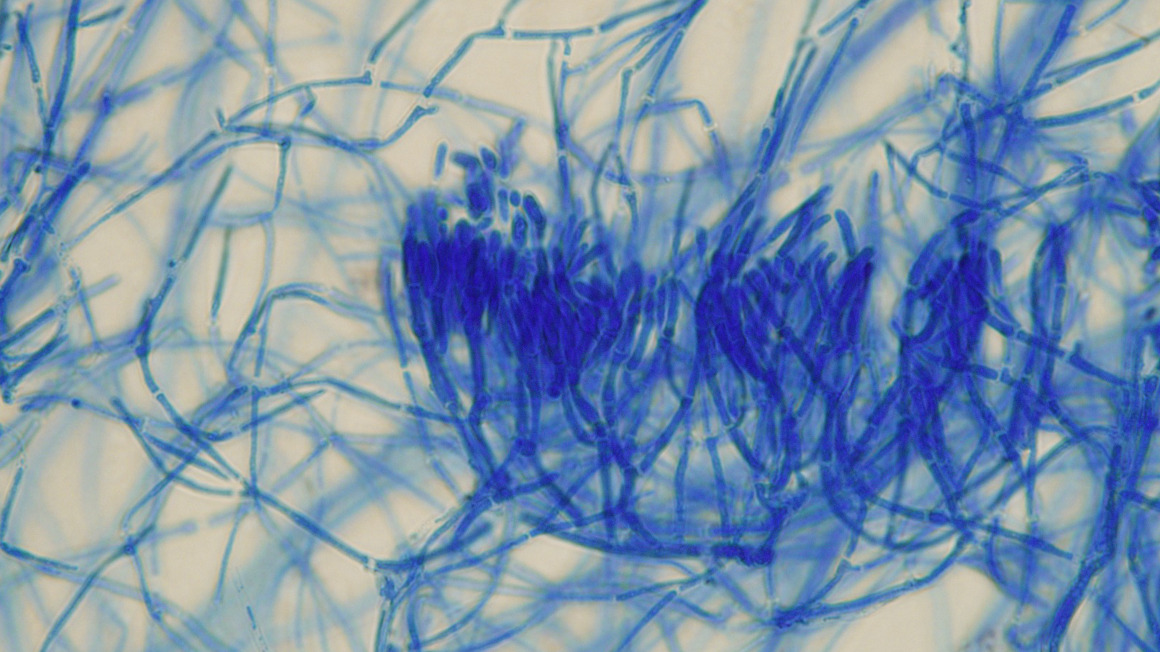
Biological vs. chemical agents
‘Basically, pesticides are always problematic – whether biological or chemical.’ However, according to Leclerque, a rethink is currently taking place in agriculture and plant protection, largely driven by growing awareness of insect decline and biodiversity loss. In the past, attempts were made to develop fungal strains that could combat as many pests as possible at the same time, reports the project manager. This basically involved simply adopting the model of chemical insecticides, but with biological active ingredients.
That is why the project's approach moved away from broad-spectrum agents towards highly specific solutions. ‘The idea behind biological control is always to combat pests in a specific manner,’ explains the biologist. The great advantage of biological methods is that microorganisms have adapted to specific insect species over millions of years and can therefore act in a targeted manner without disturbing or harming the rest of the ecosystem. ‘A biological agent can be so specific that it kills a particular insect and does not attack or harm others at all,’ Leclerque continues.
Unlike chemical insecticides, which often have far-reaching consequences for humans, the environment and other species, modern biological agents can significantly reduce these negative effects. ‘If done correctly, the impact on the ecosystem is much lower because potentially harmful changes can be avoided,’ Leclerque emphasises.
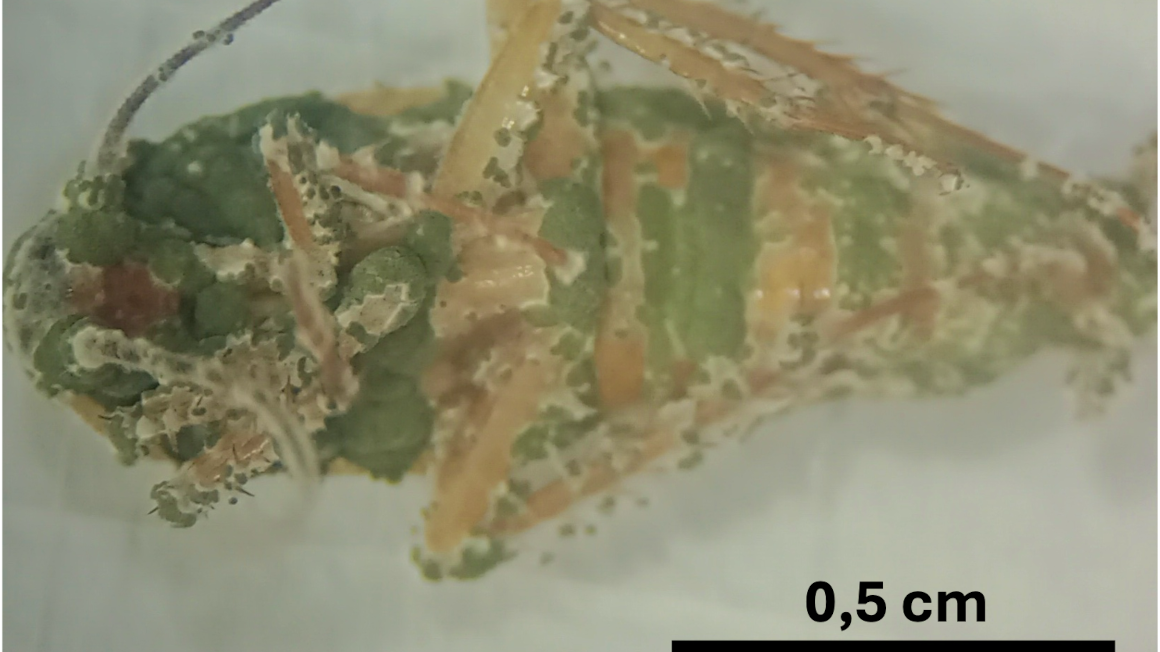
Biocide development continues
Promising fungal strains from Argentina have been tested on both mosquitoes and cockroaches. The next step is to develop marketable products for insect control in Argentina. ‘Such a development takes about ten years, and we are currently only at the beginning,’ explains Leclerque.
Following the successful completion of ‘Fungi 4 VectorControl’, the Darmstadt-based researchers want to use the identification methods they have developed to search for suitable fungal strains in this country as well, in order to combat mosquitoes in a more natural way. ‘We want to carry out another collection of mosquito larvae in order to isolate fungi and hopefully find interesting candidates,’ reports the project manager.
Author: Lea Holzamer
